[Seb Holzapfel, VK2SEB] has a rather nice spectrum analyser, a Hewlett Packard 141T. It’s an entirely analogue instrument though, so it lacks some of the sophisticated features you might expect to see on its modern counterparts.
One feature the HP does have is a vertical deflection output that in effect allows the trace to be reproduced on an oscilloscope. [Seb] has taken that and applied it to an STM32F746 Discovery board with its associated LCD touchscreen to produce an interface for the HP that includes modern features such as trace normalisation and a waterfall view. Along the way he’s had to make a voltage level converter to render the HP’s scan output into a range acceptable for the ST board.
He goes into detail on his software for the project, which he is at pains to remind us is still very much a work in progress. He notes that the HP has a range of other outputs (on those “D” sockets that include co-axial connectors) that provide information about its band and scan settings, so there is ample possibility for further customisation.
If you are interested in this project then the code is all available via GitHub, otherwise you can watch his video below the break. He’s labelled it as “Part 1”, so we look forward to more on this project.
Continue reading “A Digital LCD Makeover For An Analogue CRT Spectrum Analyser”


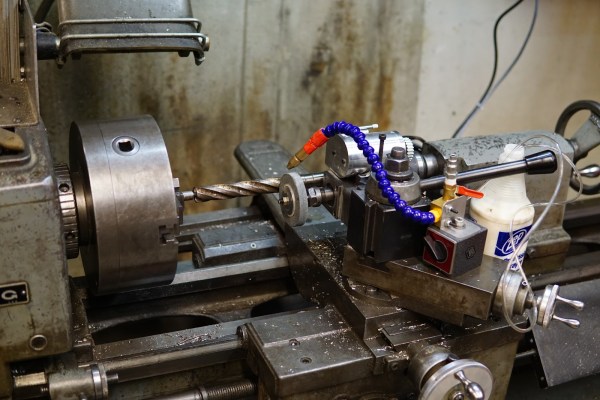
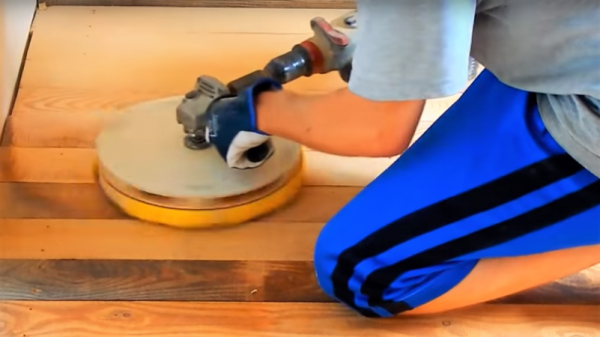
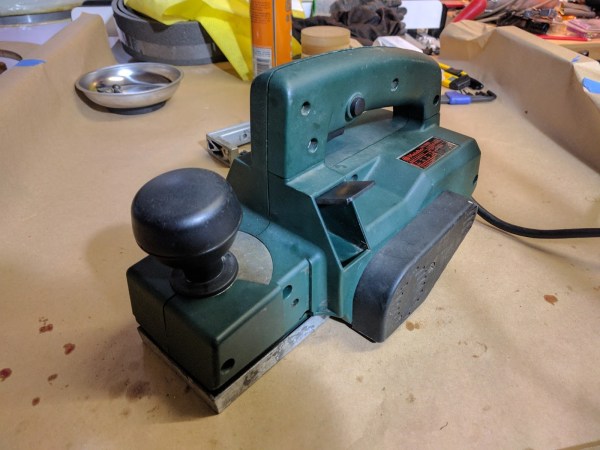
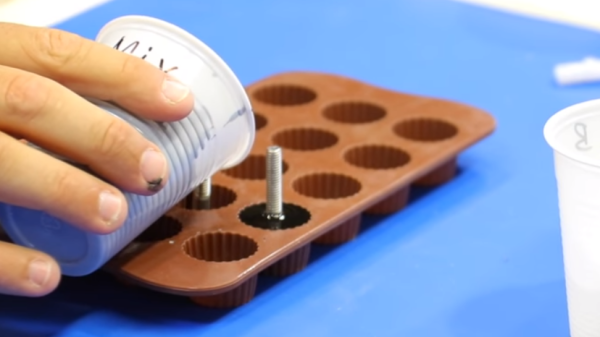
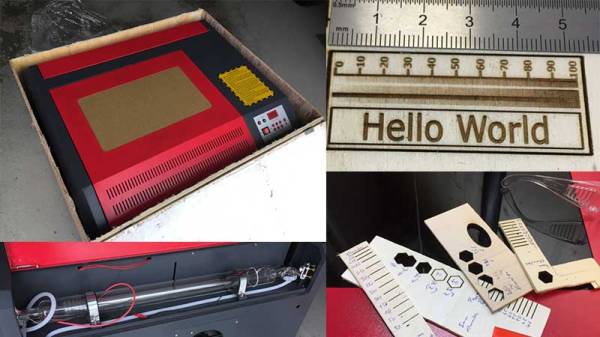
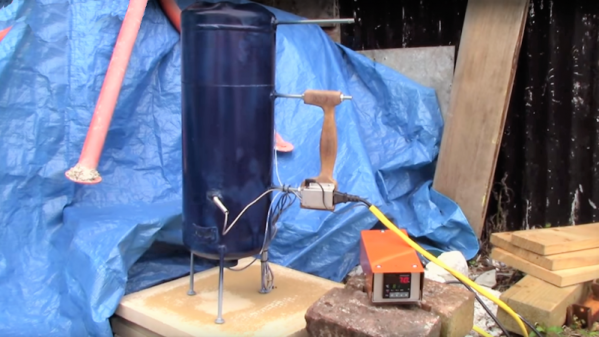
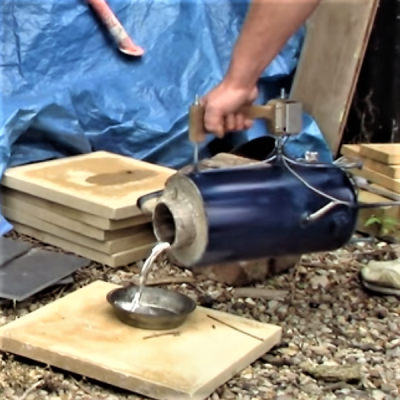 Sure, electric foundries lack some of the sex-appeal of gas- or even charcoal-fueled foundries, but by eschewing the open flames and shooting sparks, [Turbo Conquering Mega Eagle] was able to integrate the crucible into the foundry body and create what looks for all the world like a Thermos bottle for molten aluminum.
Sure, electric foundries lack some of the sex-appeal of gas- or even charcoal-fueled foundries, but by eschewing the open flames and shooting sparks, [Turbo Conquering Mega Eagle] was able to integrate the crucible into the foundry body and create what looks for all the world like a Thermos bottle for molten aluminum.








